Summer's almost over and temperatures are beginning to cool, so it's time for desert gardeners to venture outdoors and dress up their landscape with new trees, shrubs and succulents. Fruits and vegetables growing in upper-elevation gardens are ready to be harvested, and bulbs can be planted now for a beautiful spring display.
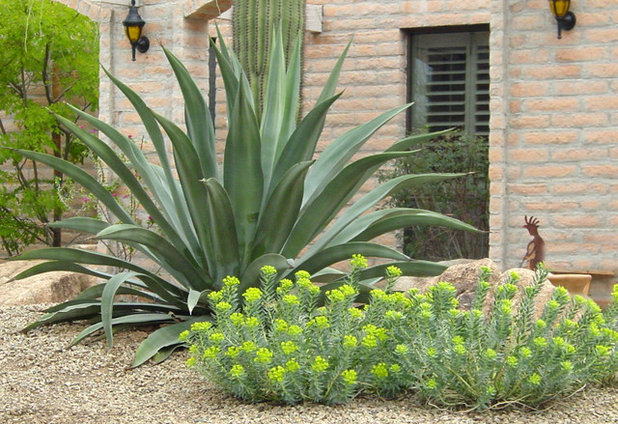
Noelle Johnson Landscape Consulting
Low Deserts (up to 3,000 Feet)Add texture with uniquely shaped succulents. The spiky outlines of agave contrast beautifully with the rounded shapes of shrubs here, adding a distinctive design twist to the landscape.
Plant a few large agave, such as
octopus agave (
Agave vilmoriniana)
, smooth leaf agave (
Agave desmettiana)
or
Weber's agave (
Agave weberi)
. Add three to five flowering ground covers around the base of each agave, like
purple trailing lantana (
Lantana montevidensis)
, verbena (
Glandularia spp)
, blackfoot daisy (
Melampodium leucanthum)
or prostrate rosemary
(
Rosmarinus officials 'Prostratus')
.Shown: Weber's agave with gopher plant (
Euphorbia biglandulosa)
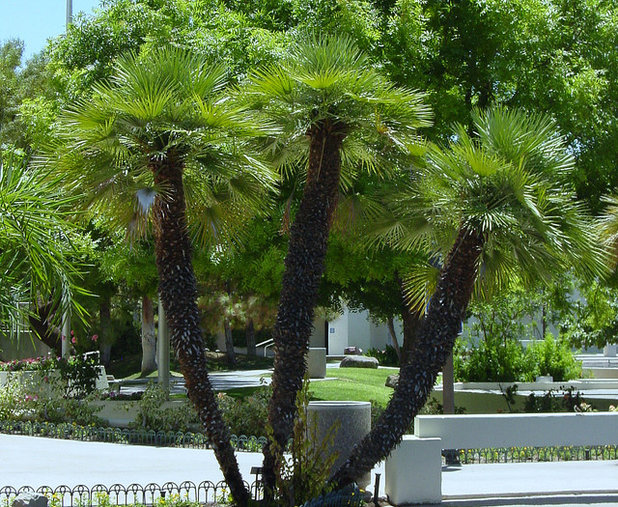
Noelle Johnson Landscape Consulting
Fertilize palm trees. Palms should be fertilized during the warm months of summer, because they can uptake fertilizer only when the soil is warm. Use a fertilizer specially formulated for palm trees, which will contain the major nutrients and micronutrients that palms require to be healthy. Follow the directions on the fertilizer package carefully and water deeply after applying. When in doubt as to how much to apply, it is best to apply a little less fertilizer rather than too much, which can burn your plants.
Find the right palm for your yard
Shown: Mediterranean fan palm (
Chamaerops humilis)
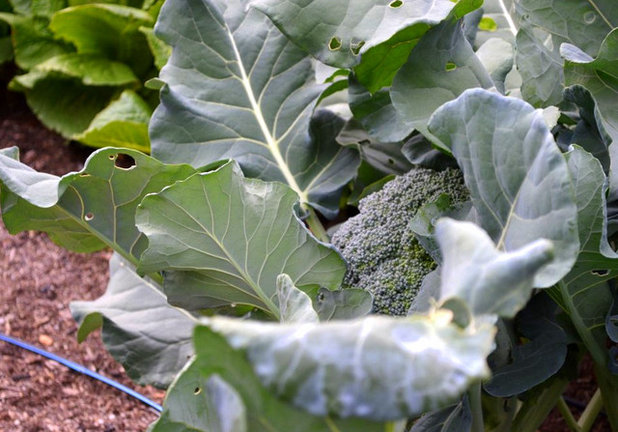
Noelle Johnson Landscape Consulting
Prepare your vegetable garden before planting cool-season edibles. Add a 3-inch layer of compostor manure to existing vegetable garden soil and lightly rake it in.
Toward the end of September, plant broccoli and cauliflower from seed or transplants.
Shown: Broccoli
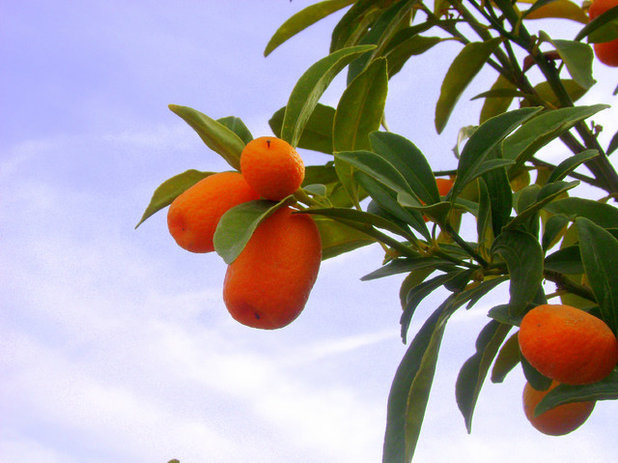
Noelle Johnson Landscape Consulting
Give citrus trees their last application of fertilizer for the year. Citrus trees need to be fertilized three times a year: in late winter, early summer and late summer. Apply citrus fertilizer around the base of the tree, following the package instructions. Be sure to add fertilizer out to the drip line, which is where most of the roots of citrus trees are located.
For the best results, water before and after applying fertilizer to help it reach the roots.
Shown: Kumquats
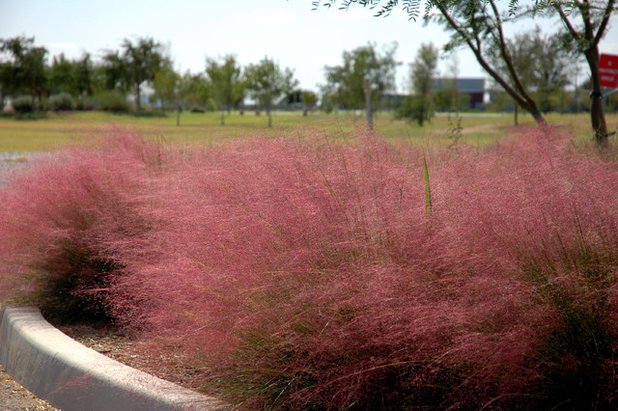
Noelle Johnson Landscape Consulting
Mid- to High Deserts (3,000 to 6,000 Feet)Spice up a boring garden with ornamental grasses. There is a good reason these grasses are called ornamental. They add beauty to the landscape with their softly mounded shapes.
Plumes of varying colors of burgundy to tan appear in fall, depending on the species. Plant ornamental grasses in groups of three or five; try gulf muhly
(
Muhlenbergia capillaris 'Regal Mist')
, deer grass (
Muhlenbergia rigens)
or
Mexican feather grass (
Stipa tenuissima)
for a beautiful fall display.
8 Spectacular Grasses to Energize a Fall Garden
Shown: Regal Mist pink muhly (
Muhlenbergia capillaris 'Regal Mist')
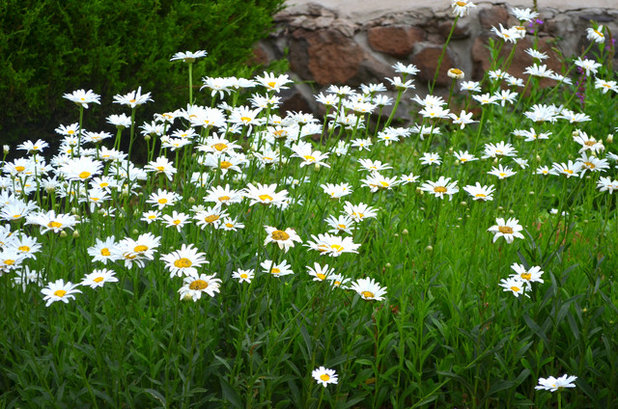
Noelle Johnson Landscape Consulting
Rejuvenate old perennials by dividing them. If your older perennials aren't flowering like they used to, it is probably time for them to be divided (that is, dividing the root system of one large plant into two or more sections that can then be replanted). Perennials like
daylily, Shasta daisies,
coneflower and iris do best when divided every three years.
You can use a shovel to separate plants into smaller parts and then replant them in your own garden or give some to friends.
Shown: Shasta daisy (
Leucanthemum x superbum)
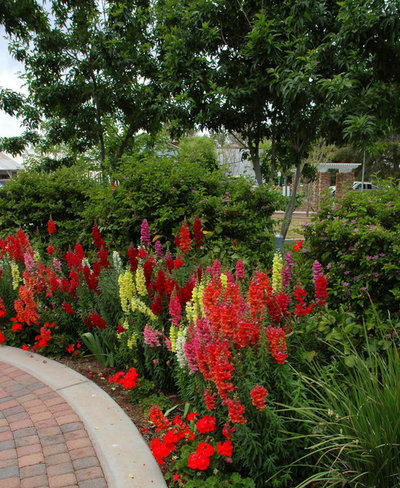
Noelle Johnson Landscape Consulting
Change out warm-season annuals for cool-season flowers. With the approach of fall, it is time to switch from summer-flowering annuals to those that will thrive in Southwestern winters. Before planting new flowers, amend the soil with compost and a slow-release fertilizer.
Create beautiful color combinations in your favorite container by adding three different flowering plants. Try planting yellow
snapdragons in the center, then add deep purple
petunias and finish off with white alyssum around the outside. Or use bright pink
geraniums surrounded by white
petunias and blue
lobelias.
Shown: Snapdragons
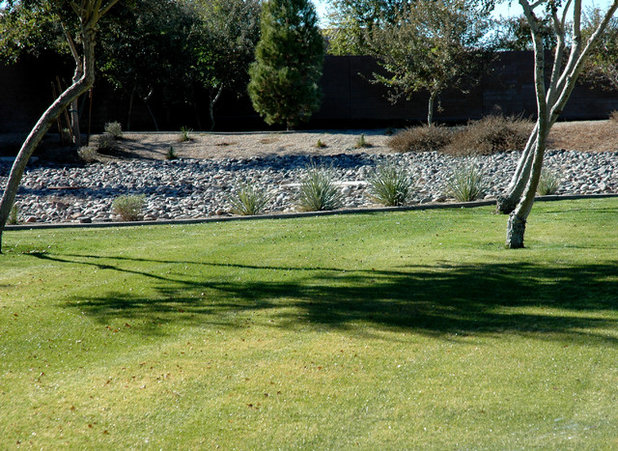
Noelle Johnson Landscape Consulting
Fertilize your warm-season lawn. Even though summer lawns will soon go dormant, now is the best time of year to fertilize. Fall fertilizing adds vital nutrients that will strengthen the roots and will help the grass to green up sooner in spring.
See more fall lawn maintenance
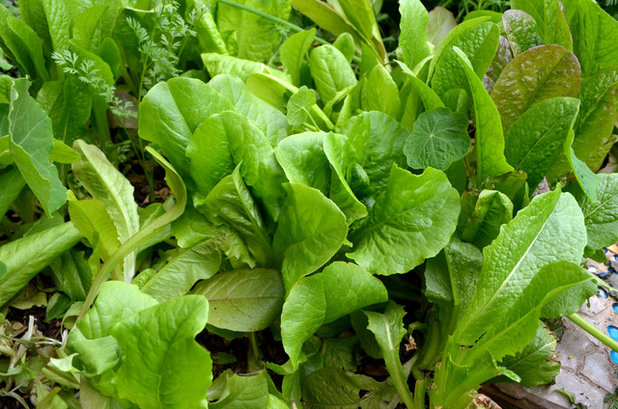
Noelle Johnson Landscape Consulting
Plant leaf lettuce. Leaf lettuce is very easy to grow from seed or transplants. Anyone who has tasted fresh homegrown lettuce knows that the taste of store-bought lettuce just can't compare to it.
Shown: Leaf lettuce
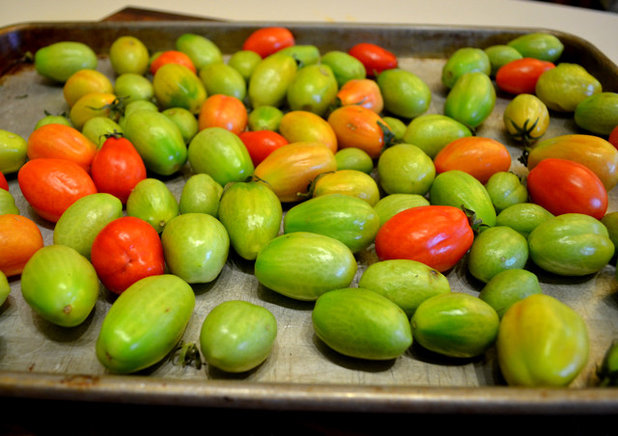
Noelle Johnson Landscape Consulting
Upper Elevations (Over 6,000 Feet)Harvest tomatoes before the first frost. September usually brings the first frost, so go out in the garden and pick all of your tomatoes — green ones and all. Don't worry if you have a bunch of green tomatoes; they will ripen indoors.
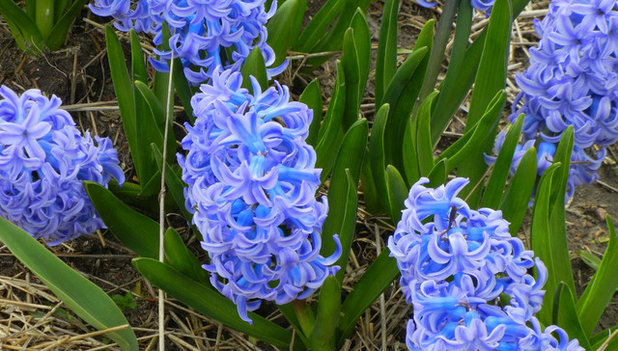
Noelle Johnson Landscape Consulting
Plant spring-blooming bulbs now to ensure a beautiful show in spring. The flowers from spring bulbs are the much-looked-for harbingers of spring. But to enjoy them, you need to plant bulbs now, so they will grow roots before the ground freezes.
For maximum color impact, plant
crocus,
daffodil,
hyacinth or
tulip bulbs in large swaths instead of in a single row.
Shown: Blue hyacinth
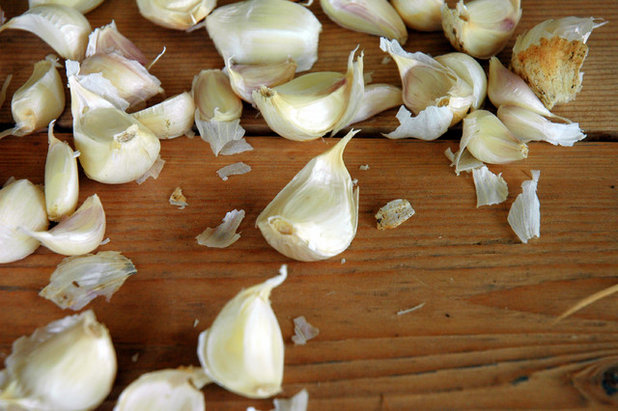
Noelle Johnson Landscape Consulting
Grow your own garlic. Plant garlic now for a flavorful harvest next summer. Garlic is very easy to grow. Simply plant individual cloves 2 inches deep in your vegetable garden or in a container. Plant each clove with the pointed end up, 6 inches away from each other in rows that are 1 foot apart.
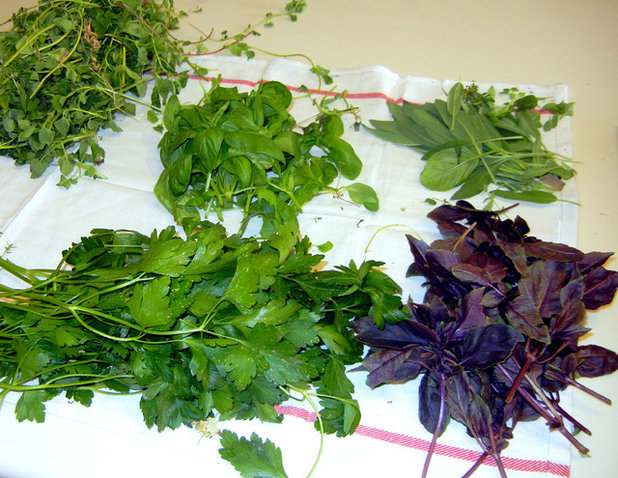
Noelle Johnson Landscape Consulting
Preserve the tastes of your summer garden by drying herbs. Herbs can easily be dried by tying them in bunches and hanging them in a dry, dark area. Drying takes a few weeks. Once the herbs are dry, crumble the dried leaves into small pieces, store them in sealed jars and use them to flavor your favorite dishes.
Get ready for October. Plants need less water as the temperatures cool, so adjust your irrigation controller as needed.





